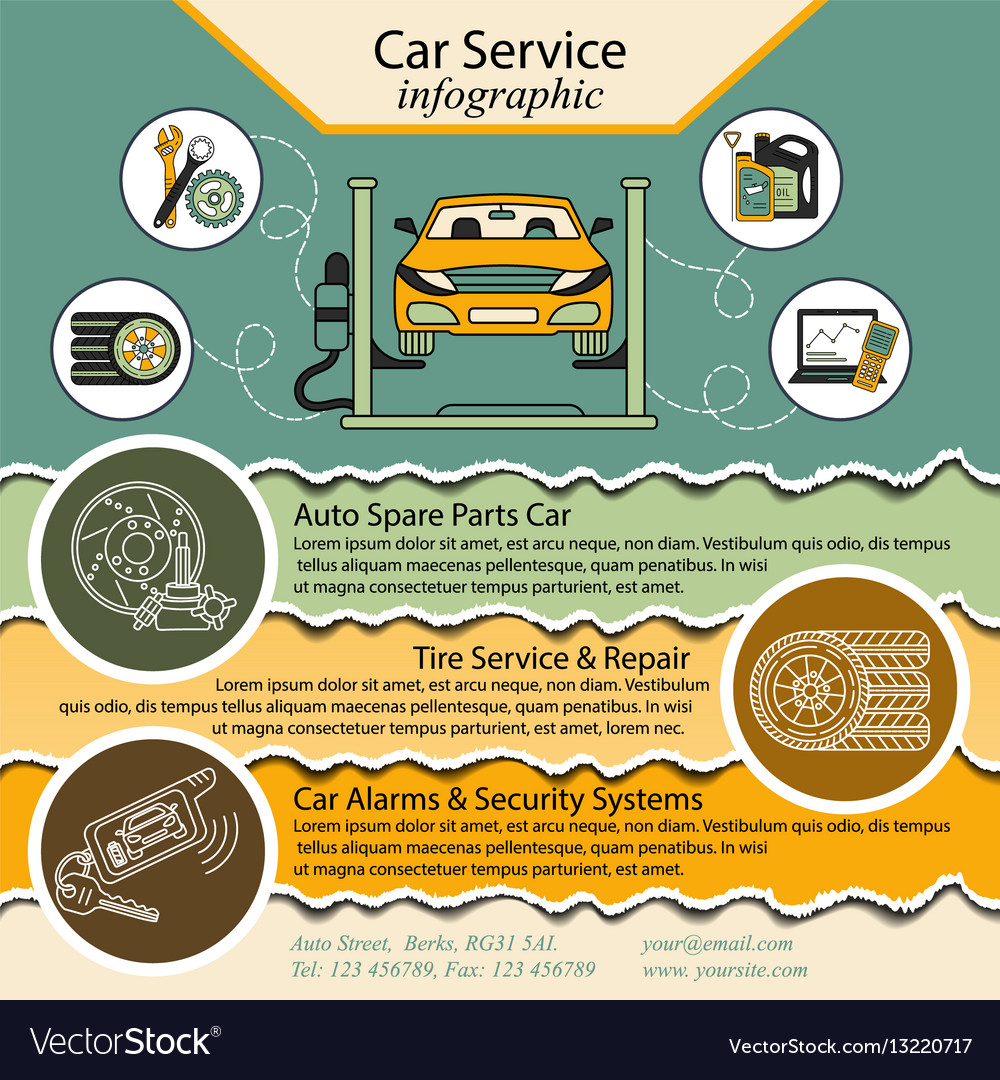Comprehending The Definition Behind Your Car'S Warning Lighting: A Thorough Look
Comprehending The Definition Behind Your Car'S Warning Lighting: A Thorough Look
Blog Article
Created By- https://airliftperformancekits07384.blogsuperapp.com/31725171/the-most-typical-false-impressions-regarding-vehicle-repair-debunked
When you lag the wheel, those beautiful caution lights on your control panel can be a bit complicated. Do you know what they're trying to inform you concerning your auto's health and wellness? Recognizing the value of these lights is essential for your safety and the long life of your lorry. So, the following time among those lights turns up, would not you want to decipher its message precisely and take the essential actions to resolve it?
Common Warning Lighting and Interpretations
Identify usual warning lights in your vehicle and comprehend their definitions to ensure safe driving.
One of the most normal warning lights consist of the check engine light, which indicates problems with the engine or emissions system. If https://brakeservicenearme62849.eedblog.com/31291834/reluctant-about-selecting-a-vehicle-repair-shop-discover-specialist-pointers-for-locating-trusted-options-in-your-location-that-will-put-your-mind-at-ease begins, it's important to have your automobile checked promptly.
The oil stress cautioning light indicates low oil pressure, requiring immediate interest to stop engine damage.
A flashing battery light could suggest a faulty charging system, potentially leaving you stranded if not attended to.
The tire pressure surveillance system (TPMS) light notifies you to low tire stress, affecting automobile stability and fuel efficiency. Neglecting click the up coming web site could result in risky driving conditions.
The abdominal muscle light suggests a trouble with the anti-lock braking system, compromising your capacity to stop rapidly in emergencies.
Last but not least, the coolant temperature warning light warns of engine getting too hot, which can result in severe damages if not fixed swiftly.
Understanding these usual caution lights will certainly aid you deal with problems promptly and maintain safe driving problems.
Importance of Prompt Attention
Understanding the usual warning lights in your automobile is only the initial step; the importance of without delay attending to these warnings can't be stressed enough to guarantee your safety on the road.
When a warning light brightens on your dashboard, it's your automobile's way of connecting a prospective issue that needs attention. Overlooking these cautions can cause more severe problems down the road, endangering your security and potentially costing you much more in repairs.
Prompt focus to warning lights can stop failures and accidents. For instance, a flashing check engine light could indicate a misfire that, if left neglected, could trigger damage to the catalytic converter. Resolving this immediately can conserve you from a costly fixing.
Likewise, a brake system advising light could indicate reduced brake liquid or used brake pads, critical components for your safety when driving.
DIY Troubleshooting Tips
If you discover a caution light on your dashboard, there are a few do it yourself troubleshooting pointers you can attempt prior to looking for professional assistance.
The initial step is to consult your car's manual to understand what the certain warning light suggests. Occasionally the concern can be as easy as a loosened gas cap setting off the check engine light. Tightening up the gas cap might solve the problem.
An additional common concern is a reduced battery, which can cause different cautioning lights. Checking the battery links for rust and guaranteeing they're secure may repair the problem.
If a warning light persists, you can attempt resetting it by separating the auto's battery for a few minutes and after that reconnecting it. Furthermore, inspecting your automobile's liquid degrees, such as oil, coolant, and brake liquid, can assist fix cautioning lights associated with these systems.
Conclusion
In conclusion, recognizing your auto's caution lights is essential for maintaining your vehicle running efficiently and safely. By quickly addressing these signals and recognizing what they suggest, you can avoid costly fixings and potential break downs.
Bear in mind to consult your auto's guidebook for specific information on each warning light and take action accordingly to guarantee a trouble-free driving experience.
Remain informed, stay secure when traveling!
